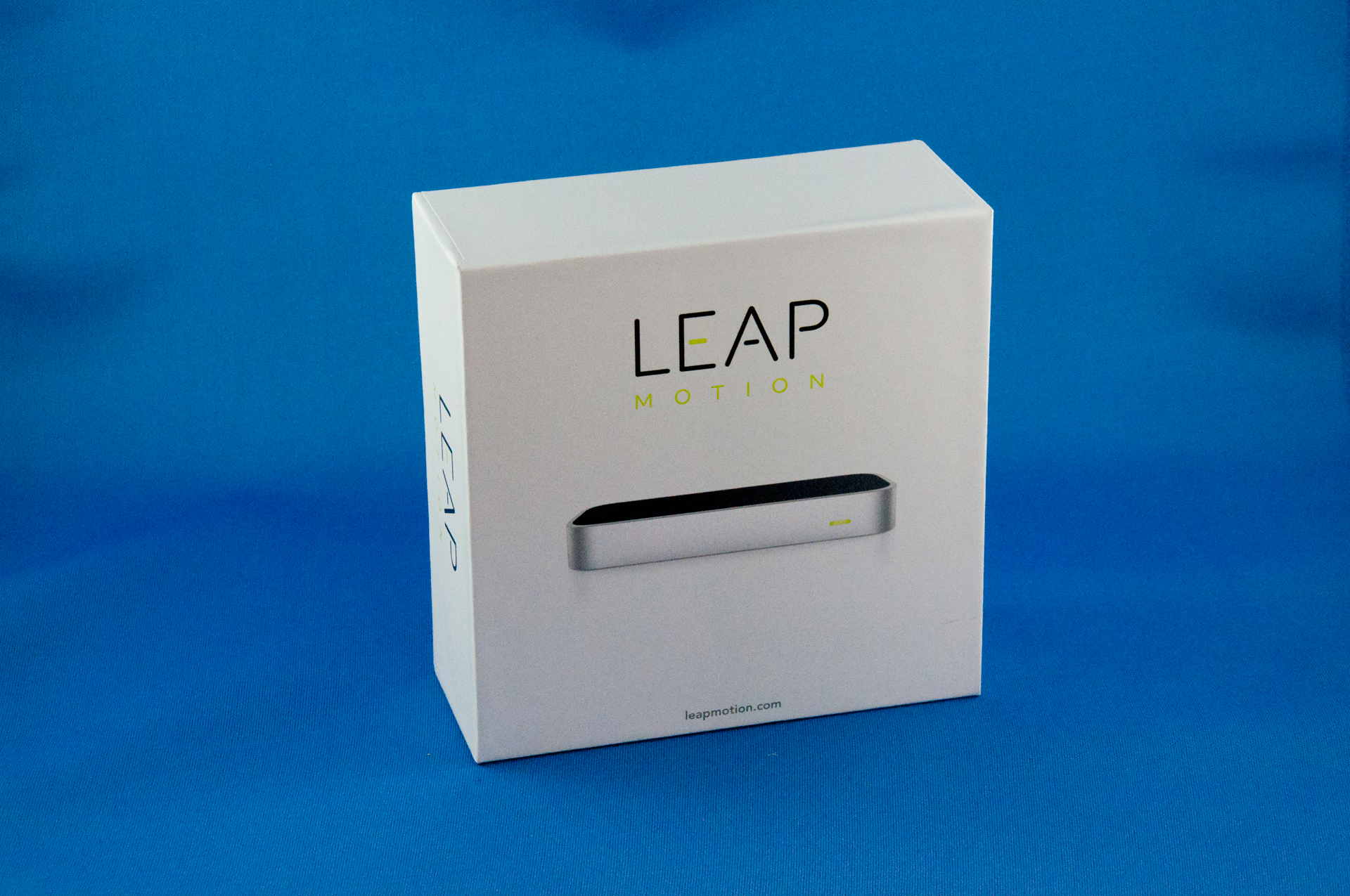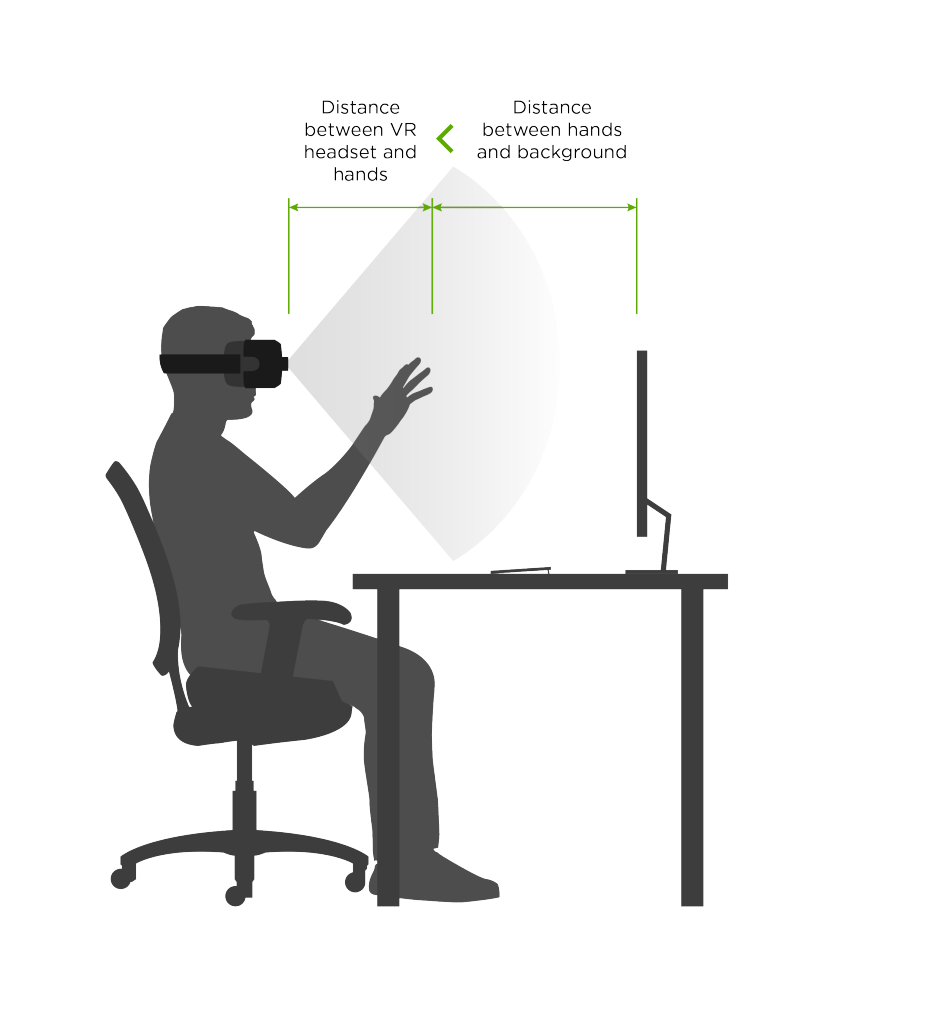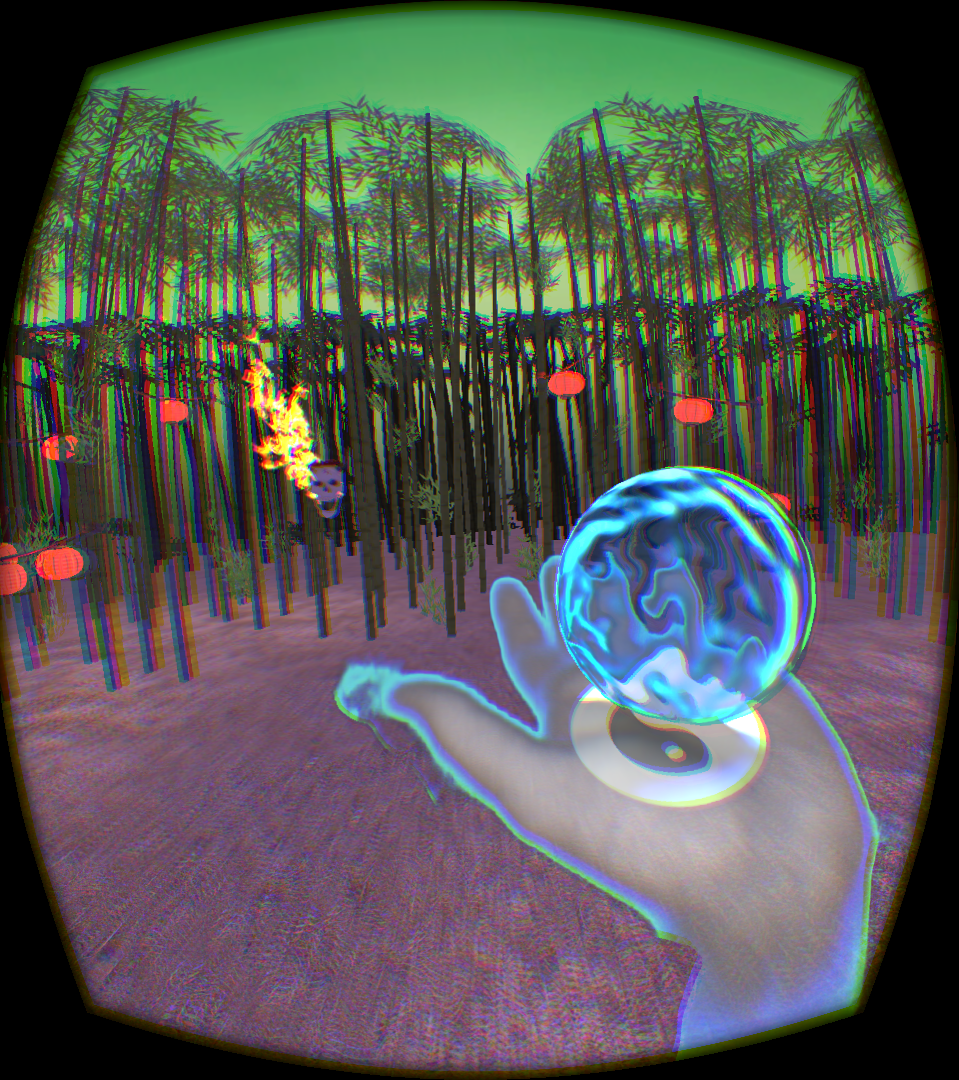Let's Try This Again: Leap Motion Hands-On Follow-Up
A few weeks ago I had the chance to try out a Leap Motion controller. I tried it out as a mouse alternative and as an augmented reality addition to an Oculus Rift. My experience with the device turned out to be a little underwhelming; I was having trouble with the software, and the calibration utility wasn't working at all. I've since had the opportunity to give it another go, and actually had a chance to talk to the founders of the company about Leap Motion, the problems I experienced, and what the future holds for the company.
Starting Fresh
Before the scheduled call took place, I ended up doing a fresh install of Windows on the machine that I used for testing. I had run into other issues with software and decided that a fresh start might be a good idea. It turns out that the issues I had been experiencing can largely be attributed to my computer's stability – which I had not noticed until after my first hands-on test with the Leap. With Windows reloaded, the Leap Motion controller seemed to be working without the need for calibration, and I wasn't getting the low bandwidth warning that had previously occurred.
When it came time to actually take the call, I was greeted by both co-founders of the company, Michael Buckwald and David Holz. The two partners were happy to answer my questions and speak about the company's future. They first wanted to address my issues with the controller, but I explained that I managed to get it working, and that I would rather use typical troubleshooting techniques and resources. It's highly unlikely that someone who purchased the device would have the founders on the phone, and I would rather not have special treatment simply because of my journalist position.
It's Only A Dev Kit
Buckwald and Holz offered some general information about their product instead. They were quick to point out that the Leap Motion device is actually a developer kit and not a retail product, and combining the controller with VR is even newer and still only in the experimental stages. Things are constantly evolving with this product. For example, when the VR mount was first designed, the company intended to make use of the USB port found on the Rift dev kit, but after firmware updates from both companies, this is no longer viable. The kit now includes an extension for the USB cable to compensate for this change.
The two partners gave me a few tips to watch out for when using the Leap Motion with a VR headset. One of the issues that I was having involved low bandwidth, which resulted in reduced tracking accuracy and frame rate. David Holz pointed out that this is an issue they and several developers have encountered. It is due to the USB bus becoming saturated with the VR headset, tracking camera, Leap Motion tracker and other USB devices. Limiting the number of devices plugged in can help, as well as spreading out the devices over several USB controllers. Having an extra USB add-in board might be a good idea if you encounter this problem.
They pointed out to me that when the Leap device was conceived, it was intended to be used as a tabletop device, facing the ceiling. That open space above the leap is what allows it to calculate depth. When the device is mounted to a headset, it doesn't have that open space, which can cause tracking problems. I was told to make sure that the distance from my hands to any object in front of me should exceed the distance between the Leap and my hands. If an object is too close behind your hands, then the Leap sensors have trouble deciding how far they are.
Another limitation of the current sensor is the distance that you can reach out. The sensor's range isn't very long, so reaching out a full arm length will probably be too far. This is a much more noticeable issue for taller individuals. I asked if there are plans for a new version of the hardware to compensate for this, but I was told that they are not planning to release an updated developer kit. There are only a few things that are limited by hardware (frame rate, tracking distance and field of view), but most features simply require software updates. The company expects to have the VR software updates rolled out around the time virtual reality headsets are available for retail.
Get Tom's Hardware's best news and in-depth reviews, straight to your inbox.
Software, Not Hardware
Leap Motion considers itself a software company first and foremost, and is looking at partnering with hardware vendors to have the technology integrated into other devices. Razer's Open Source VR headset is one such example, but Leap is not just focusing on uses for PCs. The founders see uses for their technology in many different industries.
Mercedes Benz showed off a concept car at CES that integrated Leap Motion's experimental Meadowhawk module that features upgraded 720p high frame rate cameras and 16 high-powered infrared LEDs. Mercedes is using the technology to replace the nobs and buttons that control the infotainment system in the car.
The medical industry has also adopted Leap's technology. A company called TedCas is developing a plug-and-play console that will let surgeons navigate MRI data intuitively, in a sterile environment. A team of researchers at UCSF are experimenting with Leap to measure hand tremors in Parkinson's patients. Vivid Vision is a company that believes VR and motion controls can help in treating sight disorders such as lazy eye. Burke Medical Research Institute and other such institutes are using games designed for Leap Motion as a physical therapy aid for those recovering from strokes and other debilitating ailments.
Possibly the most inspiring use of Leap Motion's technology thus far is MotionSavvy's Uni. This is a tablet device used to help deaf people communicate more easily. The device can read sign language and read it back in an audible voice.
Buckwald and Holz said there are other products and use cases that they are not able to discuss due to non-disclosure agreements, some of them industrial, some of them consumer products. They did say that they see virtual reality as a big part of their business now.
Virtual Reality Since Day One
I asked them where they think the company would have been today if VR had not popped up shortly after Leap Motion came to be. Interestingly, they said that they always assumed that a VR display would eventually show up, it was just a question of time, and they always thought that virtual reality and augmented reality would be perfect use cases for Leap Motion.
The company sees this as a very exciting time, with a great opportunity for Leap technology in gaming. Taking an existing game and porting it to make it work in VR isn't a great user experience. The same can be said for Leap Motion controls. Game developers have to rethink how they design games from the ground up to work in virtual reality. The founders see this as the perfect time to integrate Leap hand controls, as well.
After the call ended, I fired up my Rift DK2 and my Leap Motion. I made sure my area was clear of any obstructions in an eight-foot radius and proceeded to try some games out again. Shooting fireballs in ElementL: Ghost Story is much more satisfying when your hand is actually tracked properly. I spent at least half an hour throwing fireballs at the flaming skulls floating in the forest. I'm still baffled as to how Weightless is supposed to work. I can't for the life of me figure out how to move around in the game, but that is hardly the fault of Leap Motion. Besides, the hand tracking portion in my stationary position worked much better this time, compared to my first attempt.
I Stand By My Words
At the end of my previous hands-on experience, I came to the conclusion that the Leap Motion is not quite ready in its current form. I stated that "there's still work to be done," and that "the current iteration isn't quite up to snuff." After giving it a second and third try, as well as speaking with the founders about the state of the technology, I stand by my original conclusion.
Leap Motion has shown some great potential for the technology, and there is plenty of time for the company to refine its software. By leaving companies to refine and integrate their own versions of the hardware into their own devices, it's only a matter of time before the issues I experienced are a thing of the past, but for now, it's still too early for most users.
Follow Kevin Carbotte @pumcypuhoy. Follow us @tomshardware, on Facebook and on Google+.
Kevin Carbotte is a contributing writer for Tom's Hardware who primarily covers VR and AR hardware. He has been writing for us for more than four years.
-
MudraMouse Try Mudra Mouse for Leap Motion it allows to control your computer with simple gestures. Now is available a trial version here:Reply
https://apps.leapmotion.com/apps/mudra-mouse-trial/windows
Give it a try.



